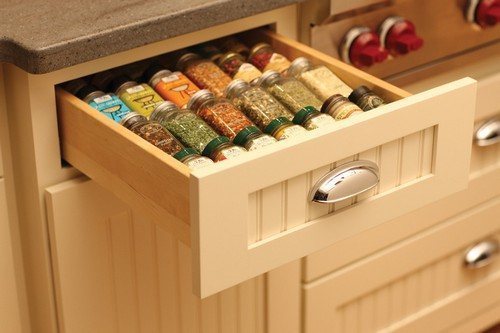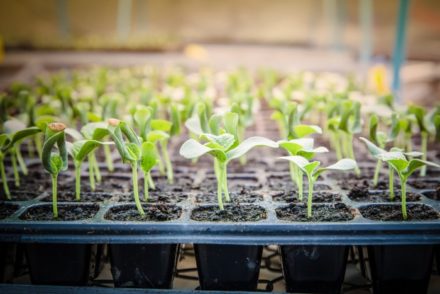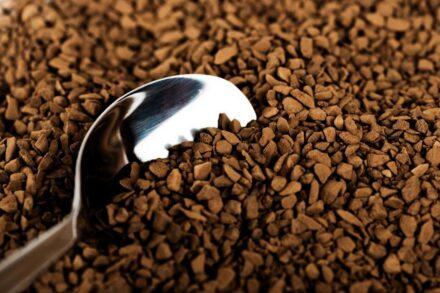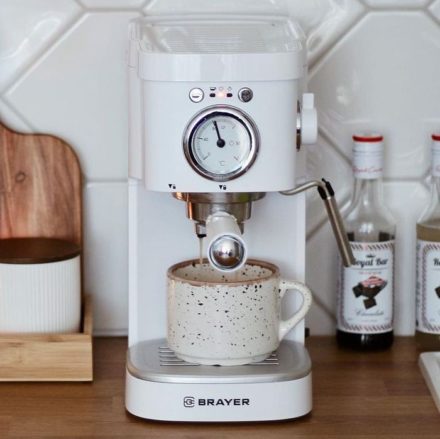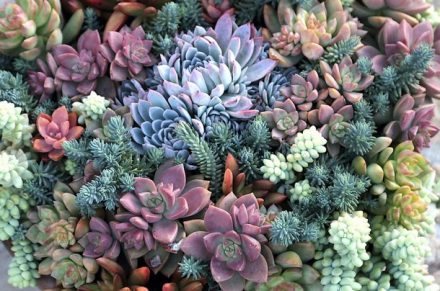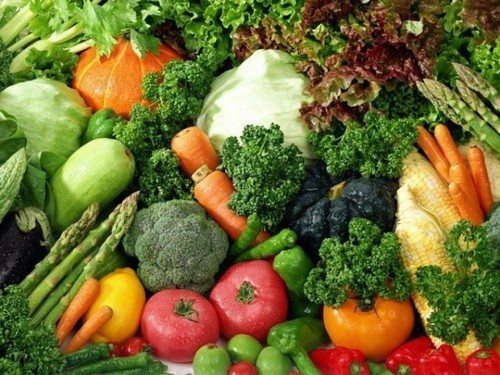Spices and herbs have long and, apparently, settled in every kitchen forever. Not a single dish is complete without salt or sugar, and baked meat is impossible to imagine without a spicy aroma.
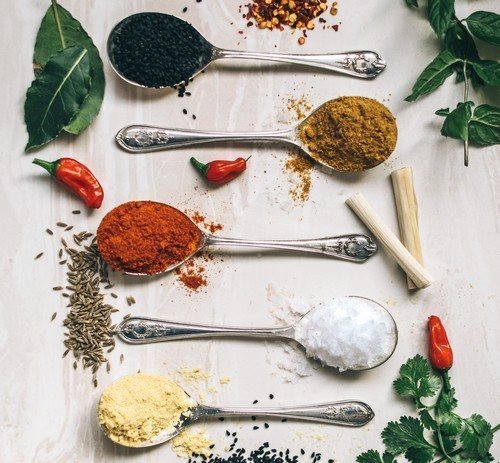
Remember from your school history course - once upon a time, a pair of gold earrings were given for a small bag of black pepper, and a whole ram for one ginger root. Today, the price tags on spices are much lower, although they could well be tens, and maybe even hundreds of times less. If only profit had not knocked out some people's conscience.
A 100 g packet of regular black pepper from the nearest supermarket will cost at least 230 rubles. In terms of kilograms, it comes out to a significant amount. Why is this seasoning 4-5 times cheaper at wholesale markets? And more than 10 times cheaper at wholesale manufacturers? Moreover, ground goods are 3-6 times cheaper than whole ones. Although it should be the other way around, because the crushing process also costs money.
However, a markup of several hundred times is nothing compared to the fact that very often, instead of a real spice, we are slipped a surrogate. But a considerable number of people use them as a means of treating a variety of diseases.
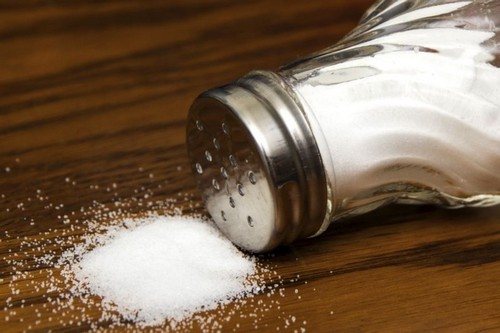
Salt
It would seem that this is ordinary cheap salt. But manufacturers have found a way to indulge: they sell technical salt under the guise of food salt.
Skip to content
- Wash
- Ironing
- Stains
Cleaning
Things
Pests
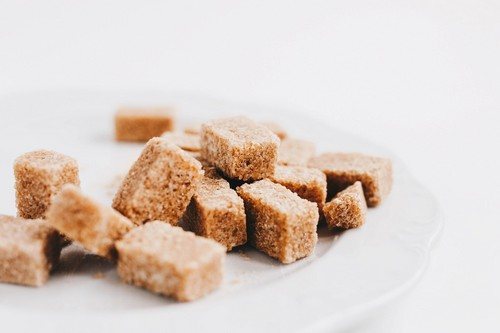
Technique
Storage
Interior
- Garden
- Adviсe
10 spices and herbs that may be fake
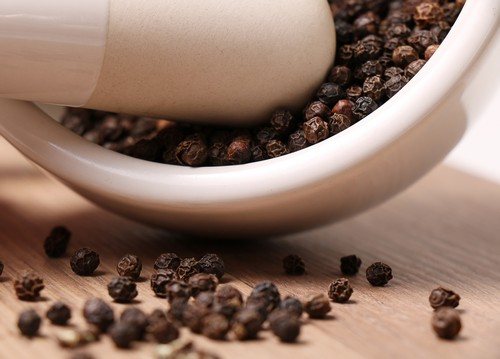
Spices and herbs have long and, apparently, settled in every kitchen forever. No dish is complete without salt or sugar, and baked meat cannot be imagined without a spicy aroma.
Remember from your school history course - once upon a time, a pair of gold earrings were given for a small bag of black pepper, and a whole ram was given for one ginger root. Today, price tags for spices are much lower, although they could well be tens, or maybe hundreds of times less. If only the profit hadn't upset some people's conscience.
A 100 g bag of ordinary black pepper from the nearest supermarket will cost at least 230 rubles. Converted per kilogram, this is a significant amount. Why is this seasoning 4-5 times cheaper in wholesale markets? And for wholesale manufacturers - more than 10 times? Moreover, ground goods are 3-6 times cheaper than whole goods. Although it should be the other way around, because the crushing process also costs money.
However, a markup of several hundred times is nothing compared to the fact that very often, instead of a real spice, they slip us a surrogate. But a considerable number of people use them as a means to treat a variety of diseases.
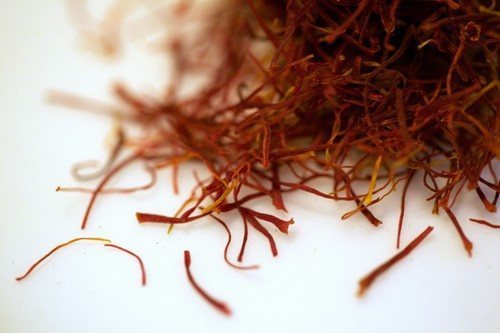
Salt
Technical salt may contain impurities. In fact, it is table salt, but more coarsely ground, less refined and cheaper. The catch is that the impurities are heavy metals that are harmful to human health even in microdoses.The main load goes to the kidneys, edema develops.
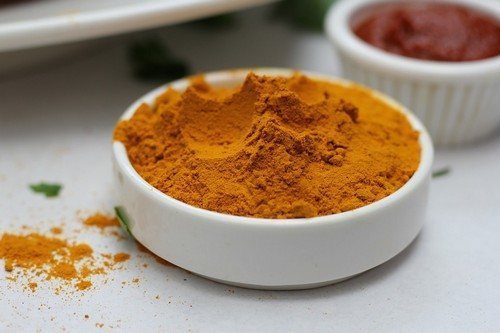
How to organize the storage of spices and herbs in the kitchen
It can be difficult to distinguish such salt from table salt. In addition, spicy herbs are added to it. Which complicates the identification problem. The main large suppliers on the market, they are also deposits in the areas:
- Orenburgskaya;
- Astrakhan;
Irkutsk.
Everything else is repackaging. But with expensive “elite” varieties, everything is completely different. For example, the trendy pink salt from the Himalayas or black salt is often imitated by adding dyes to regular sea salt.
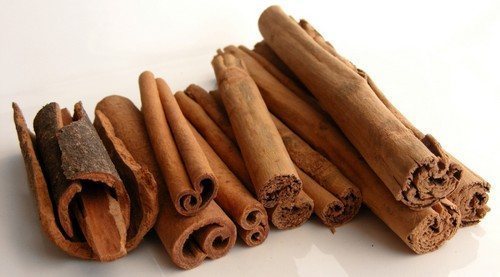
High-quality table salt should be pure white and not burn the skin (a sign of potassium mixtures that damage the tissues of the digestive tract).
Brown sugar
Fake brown sugar is white, refined sugar made from beets but colored with molasses, the molasses left over from boiled cane juice. Unscrupulous manufacturers pass off the cheapest refined sugar as real brown sugar.
Practical gift ideas for February 23
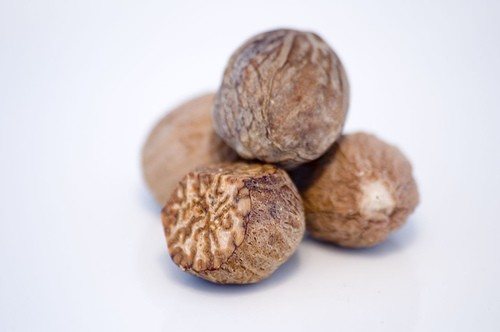
On the packaging of this product you should look for:
the inscription “unrefined cane sugar”;
country of origin: o. Mauritius, Cuba, Brazil, USA, Costa Rica or Guatemala.
- Black pepper
- The usual spice is mixed with papaya seeds, starch, and rice flour. Hollow peppercorns that fall to the ground before they ripen are often collected.
- In addition, the peas are treated with paraffin oil and diesel fuel to add shine, deep black color, protection against fungus and weight gain.
- How to recognize. Don't buy peppers that are too bright and glossy; they've most likely been processed. Also do a little test: pour some grains into a glass of water - the papaya seeds will float, and the pepper will sink to the bottom. Diluted fake powder in cold or hot water will give a sediment.
Saffron
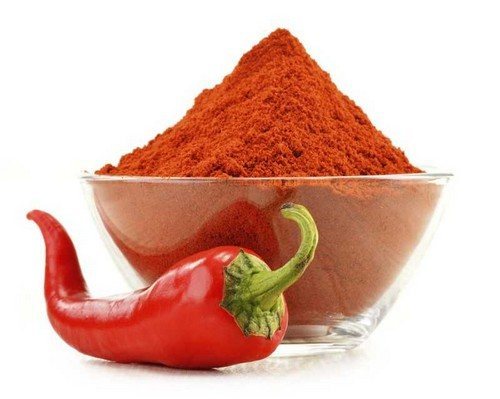
The spice consists of bright red stigmas of flowers that are collected by hand. 100 g of dried raw materials costs 5,000 rubles. In stores, the product is always found in crushed form, cheap and presented as crushed soflora mixed with turmeric. Wholesale 1 kg of this mixture costs 5 rubles. That is, in a regular supermarket it is impossible to find real saffron for 100 or even 300 rubles.
Turmeric
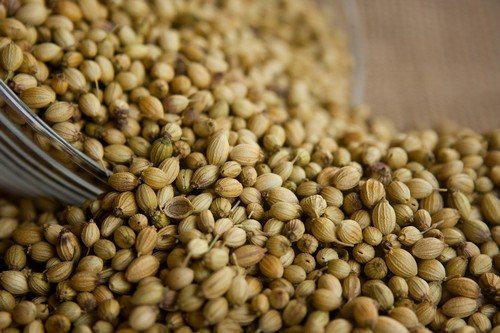
A popular spice in Asian and Indian cuisine. In recent years, due to its ability to control appetite and increase the body's protective properties, it has become in demand throughout the world. To reduce cost, a small amount of real powder is mixed with colored clay, sand, earth and flour.
In addition, toxic dyes are used:
Sudan and lead chromate, which can be fatal if inhaled or swallowed;

methanyl yellow, long-term use of which leads to disruption of the central nervous system and organ systems.
Methanil yellow changes color in an acidic environment. Therefore, checking whether turmeric is counterfeit is not difficult: just drop any acid, such as citric acid, onto the seasoning. If the specified dye is present, the seasoning will turn red.
Cinnamon


